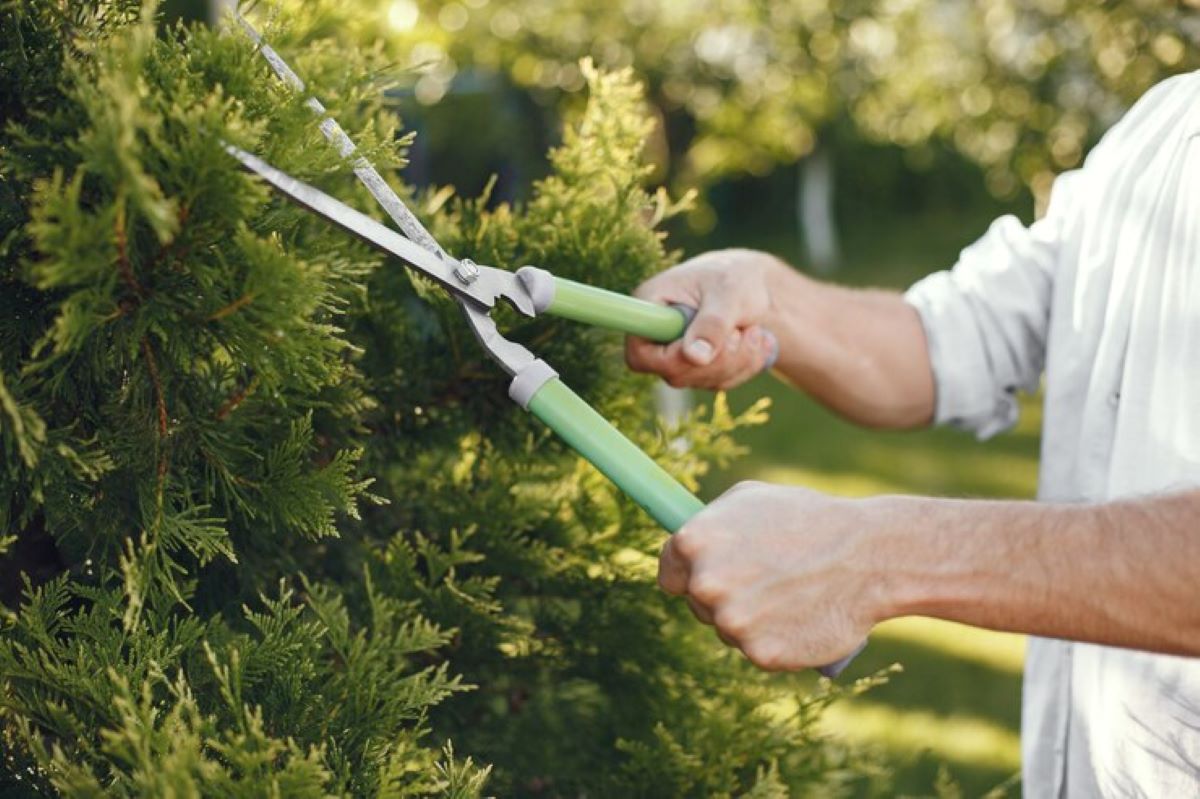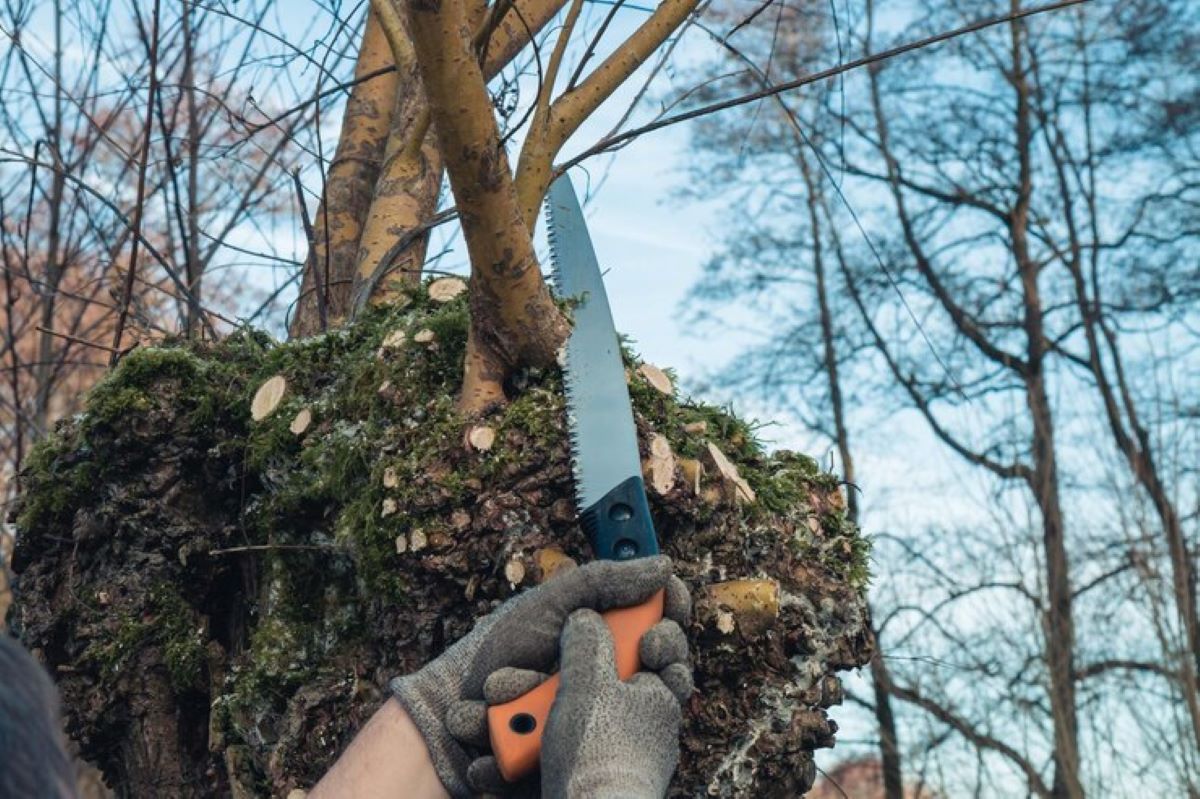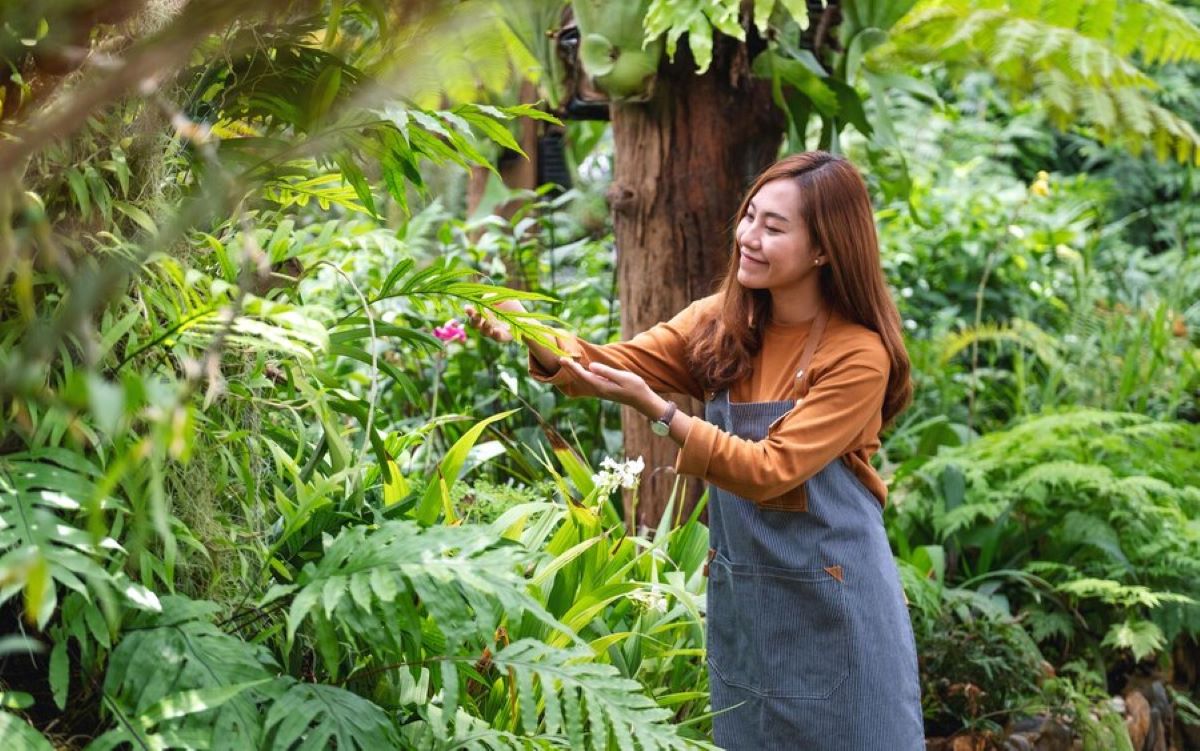What Are the Most Common Tree Pruning Mistakes Homeowners Make?
Tree pruning mistakes can severely compromise your trees’ health, structural integrity, and longevity. When homeowners attempt to prune their trees without proper knowledge, they often inadvertently weaken the tree’s defence systems, create entry points for diseases, or trigger stress responses that can take years to recover from.
The consequences of homeowner pruning errors extend beyond aesthetics. Poor pruning techniques can lead to:
- Increased vulnerability to pests and pathogens
- Structural weakness that poses safety hazards
- Stunted growth and reduced vitality
- Premature tree death in severe cases
We’ve identified the top 7 tree pruning mistakes homeowners make that consistently damage trees across residential properties. Each error stems from common misconceptions about tree care or a lack of understanding about how trees respond to cutting. This guide will walk you through these critical mistakes and provide practical solutions to help you maintain healthy, beautiful trees whilst avoiding costly damage.
1. Is Topping a Tree Really That Harmful?
Yes, topping a tree is one of the most destructive pruning practices, causing severe tree weakening and often leading to premature death. Topping involves indiscriminately cutting off the main leader or large branches at arbitrary points, leaving massive wounds that the tree struggles to heal.
This brutal practice triggers several damaging effects:
- Structural weakness develops as the tree responds with rapid, poorly attached regrowth
- Exposed wounds become entry points for decay, fungi, and disease
- The tree experiences shock from losing its primary food-producing crown
- Lifespan shortens dramatically due to ongoing stress and vulnerability
The disfigured appearance creates weak, hazardous branches that pose safety risks. These fast-growing shoots have shallow connections to the trunk and frequently break during storms.
In contrast, crown reduction pruning offers a proper alternative for height control. This method selectively removes branches back to lateral branches at least one-third the diameter of the cut stem, maintaining the tree’s natural form whilst reducing overall size. The tree retains its structural integrity and aesthetic appeal.
2. Why Should You Be Careful About When You Prune Your Trees?
Pruning timing directly affects your tree’s ability to heal and defend itself against threats. Cutting branches during the wrong season can leave your tree vulnerable when it’s least equipped to recover.
The Risks of Pruning in Spring and Summer
Spring and summer pruning creates significant seasonal pruning risks. Trees actively growing during these months redirect energy towards new foliage and fruit production rather than wound closure. Fresh cuts expose vulnerable tissue to:
- Bacterial and fungal infections that spread rapidly in warm, humid conditions
- Insect infestations as pests are most active during warmer months
- Excessive sap loss that weakens the tree’s overall vitality
The Benefits of Pruning in Winter
Dormant winter pruning offers the safest window for most tree species. When trees enter dormancy, they conserve energy and naturally seal wounds more effectively. Cold temperatures inhibit pest activity and pathogen spread, allowing cuts to callus over before spring growth begins. The bare canopy also provides better visibility of the tree’s structure, making it easier to identify which branches require removal for optimal health and shape.
3. When Is It Necessary to Call in Professionals for Tree Pruning?
Homeowners should hire professional tree pruning services when dealing with trees near power lines, exceptionally tall trees, or specimens in poor structural condition. These scenarios present serious safety risks that require specialized equipment and expertise.
High-risk situations demanding professional intervention include:
- Trees with branches within 3 metres of electrical lines
- Trees exceeding 5 metres in height
- Trees with visible decay, cracks, or structural weakness
- Large branches requiring removal (over 10cm diameter)
- Trees leaning dangerously or with compromised root systems
Professional arborists bring certified training in power lines safety and use specialized equipment like bucket trucks, rigging systems, and safety harnesses. They assess tree health accurately, identifying hidden hazards that untrained eyes miss. Licensed professionals carry liability insurance, protecting homeowners from potential property damage or injury claims.
Attempting DIY pruning on tall trees safety without proper equipment often leads to falls, electrocution near power lines, or dropping heavy branches onto structures. Professional services eliminate these dangers whilst ensuring cuts promote optimal tree health and longevity.
4. Why Is It Crucial to Prune Your Trees After Major Storms?
Storm damage pruning is essential because damaged branches pose immediate safety risks and create entry points for diseases that can compromise your tree’s long-term health. Broken or hanging limbs can fall unexpectedly, threatening people, property, and power lines below.
Broken branches removal needs to happen quickly after severe weather. Split branches create jagged wounds that struggle to heal naturally, allowing pathogens and insects to invade the exposed tissue. These compromised areas often develop decay that spreads throughout the tree’s structure. This is why immediate care for storm-damaged trees is so important.
Prompt action prevents secondary damage. Partially attached branches can tear away during subsequent winds, creating larger wounds than if they’d been properly removed. Hanging limbs also add unnecessary weight stress to already weakened attachment points.
Tree safety after storms improves dramatically with proper pruning techniques such as those outlined in our storm damage pruning guide. Clean cuts at appropriate locations help trees compartmentalise damage and redirect energy toward healing. This process restores structural integrity whilst eliminating hazardous deadwood that could cause injury or property damage during the next weather event. However, it’s important to remember that trees can still be hazardous following severe storms, so ongoing vigilance is necessary even after pruning.
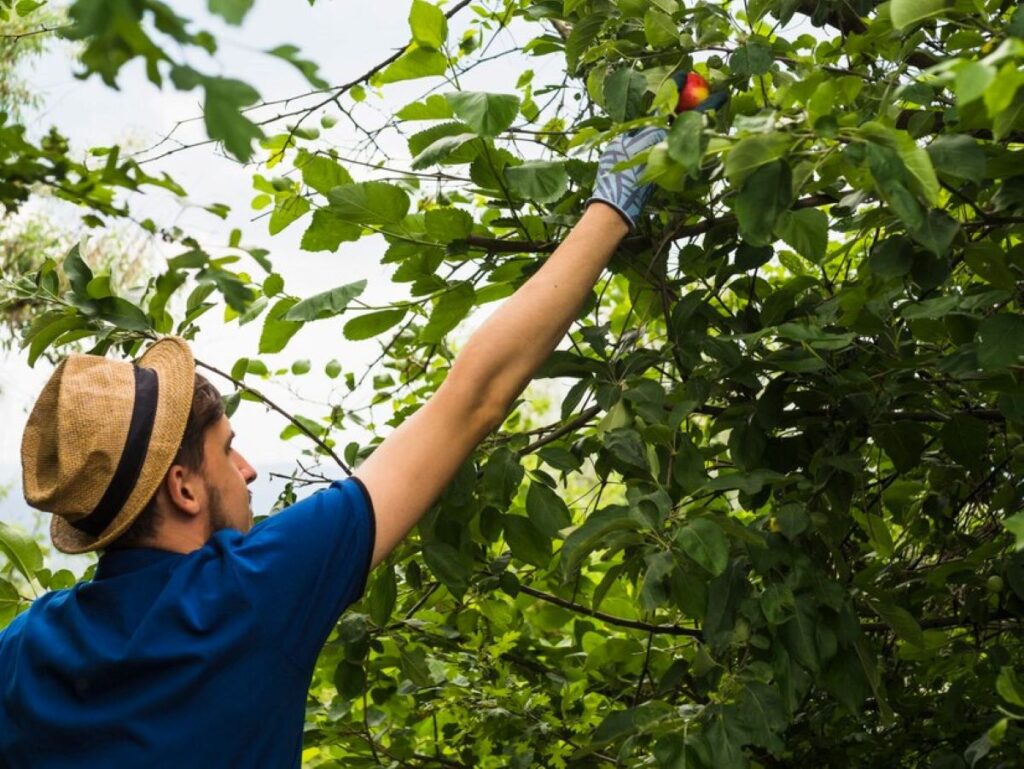
5. How Do Incorrect Cuts Impact Tree Health During Pruning?
Improper tree cuts create wounds that struggle to heal properly, leaving trees vulnerable to disease, decay, and structural weakness that can persist for years.
Flush cuts remove branches too close to the trunk, eliminating the branch collar—the tree’s natural healing zone. Without this protective barrier, decay organisms easily penetrate the trunk. These cuts create large wounds that rarely seal completely, allowing moisture and pathogens direct access to the tree’s interior wood.
Heading cuts involve chopping back large branches to stubs or lateral branches too small to assume the terminal role. This practice forces the tree to produce multiple weak shoots from below the cut. These new growths attach poorly and become hazardous as they mature.
Stub cuts represent another common error where branches are cut too far from the trunk, leaving protruding stubs. These dead sections cannot heal and become entry points for insects and fungi.
The three-cut method prevents bark tearing on larger branches: an undercut first, a top cut to remove the branch, then a final cut at the branch collar for proper healing. It’s crucial to understand different types of pruning cuts and their impacts on tree health. For more detailed information on pruning cuts, please refer to this resource.
6. What Are The Risks of Over-Pruning Your Tree?
Over-pruning can severely stress your tree and potentially kill it by removing too much of its food-producing capacity. When homeowners get overzealous with their pruning efforts, they often create more harm than good.
Understanding canopy removal limits is critical for tree survival. Removing more than 25–30% of a tree’s canopy in a single session strips away the foliage needed for photosynthesis. Trees rely on their leaves to produce energy, and excessive removal forces them to draw on stored reserves just to survive.
The dangers of ignoring these limits include:
- Severe physiological stress that weakens the tree’s immune system
- Increased vulnerability to pests, diseases, and environmental stressors
- Stunted growth or complete growth cessation
- Branch dieback as the tree struggles to support remaining limbs
- Potential tree death in extreme cases
Trees cannot recover quickly from aggressive pruning. The shock to their system often triggers a desperate survival response, producing weak, rapid growth that compromises structural integrity. This makes over-pruning one of the Top 7 Tree Pruning Mistakes Homeowners Make and How to Avoid Them that demands careful attention to proper technique.
7. Does Your Choice of Tools Really Matter When It Comes to Successful Tree Pruning?
The tools you use for pruning directly determine whether your tree heals properly or suffers lasting damage. The wrong equipment creates ragged wounds that invite disease and decay.
Dull blades tear and crush bark rather than making clean cuts. This crushing action damages the cambium layer—the tree’s vital tissue responsible for healing wounds. Trees struggle to seal these jagged injuries, leaving them vulnerable to fungal infections and insect infestations for months.
When considering long-term tree health, the importance of sharp tools cannot be overstated. Clean cuts made with properly maintained equipment allow trees to compartmentalise wounds quickly, forming protective barriers against pathogens within weeks rather than months.
Match Your Tool to the Branch Size
Use the following guide to determine which tool is appropriate for different branch sizes:
- Hand pruners: Branches up to 2cm diameter
- Loppers: Branches 2-4cm diameter
- Pruning saws: Branches 4-10cm diameter
- Chainsaws: Only for branches exceeding 10cm
Reserve chainsaws for the largest branches only. Using oversized equipment on small branches creates unnecessary damage and makes precise cuts nearly impossible to achieve.
How Can Homeowners Further Avoid Common Pruning Errors?
Homeowners can prevent many pruning mistakes by focusing on proper cut placement and understanding which branches to target. Avoiding permanent stubs requires cutting just outside the branch collar—the swollen area where the branch meets the trunk—which allows the tree to seal wounds naturally.
Branch tip clipping prevention tips include:
- Never remove only the outer 5–10 cm of branches, as this triggers excessive weak growth
- Target entire branches back to their point of origin or a lateral branch at least one-third the diameter of the cut branch
- Remove crossing or rubbing branches completely rather than shortening them
Stub prevention tips focus on precision:
- Locate the branch collar before making any cut
- Angle cuts slightly away from the trunk without cutting into the collar tissue
- Use the three-cut method for branches larger than 5 cm in diameter
Professional pruning benefits extend beyond safety. Certified arborists understand species-specific growth patterns, identify structural weaknesses early, and make strategic cuts that promote long-term tree health whilst maintaining natural form.
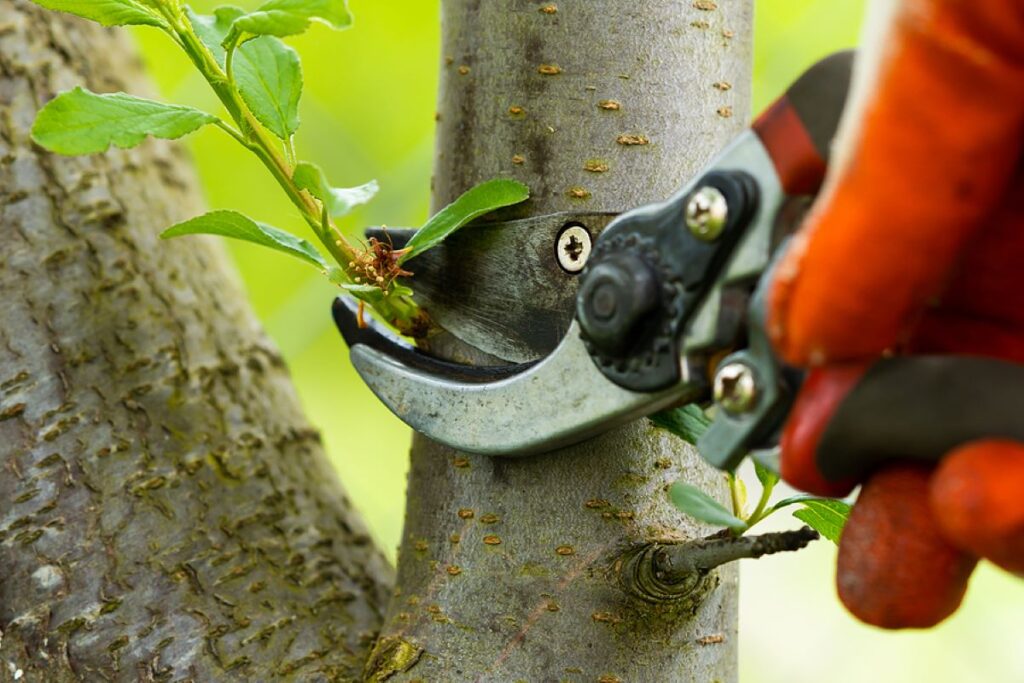
Should You Seek Professional Help For Your Tree Pruning Needs?
Professional help for tree pruning needs becomes essential when the job exceeds your skill level or involves significant safety risks. Certified arborists possess specialised training to handle complex situations that homeowners shouldn’t attempt alone.
Consider hiring professionals when:
- Trees exceed 15 feet in height or require ladder work
- Branches hang near power lines or structures
- The tree shows signs of disease or structural weakness
- Storm damage requires assessment and emergency removal
- You’re uncertain about proper cutting techniques
Professionals bring specialised equipment, insurance coverage, and expertise that prevents the top 7 tree pruning mistakes homeowners make and how to avoid them. They understand species-specific requirements, optimal timing, and correct cutting angles that promote healthy regrowth.
The investment in professional services often costs less than repairing damage from improper DIY attempts. Arborists can also identify underlying health issues during routine maintenance, potentially saving trees from premature decline or removal.
More to Read : Tree Pruning Services Near Me: What’s Included and How Much Does It Cost?
Quick FAQs: Tree Pruning Mistakes Homeowners Should Avoid
Topping removes major branches indiscriminately, creating weak growth, large wounds, and shortened lifespan. Use crown reduction instead.
2. When should trees be pruned?
Late winter is ideal for most species. Avoid pruning during spring and summer when trees are actively growing and vulnerable to pests and disease.
3. When is professional help necessary?
Hire arborists for tall trees, branches near power lines, storm damage, or visible structural weaknesses.
4. Why prune after storms?
Broken or hanging branches can fall or let in disease. Immediate removal prevents further damage and promotes recovery.
5. How do incorrect cuts affect trees?
Flush, heading, and stub cuts can weaken trees, allow decay, and create structural hazards. Proper cut placement is critical.
6. What are the risks of over-pruning?
Removing more than 25–30% of foliage stresses the tree, reduces photosynthesis, and may lead to weak growth or death.
7. Does tool choice matter?
Yes. Sharp, properly sized tools ensure clean cuts that heal quickly. Dull or oversized tools can damage bark and cambium tissue.
8. How can homeowners avoid pruning errors?
Cut outside the branch collar, remove crossing or dead branches, use the three-cut method for large limbs, and follow species-specific guidelines.
9. Benefits of hiring a certified arborist?
Ensures safe pruning, correct technique, species-appropriate care, and early detection of structural or disease issues.

